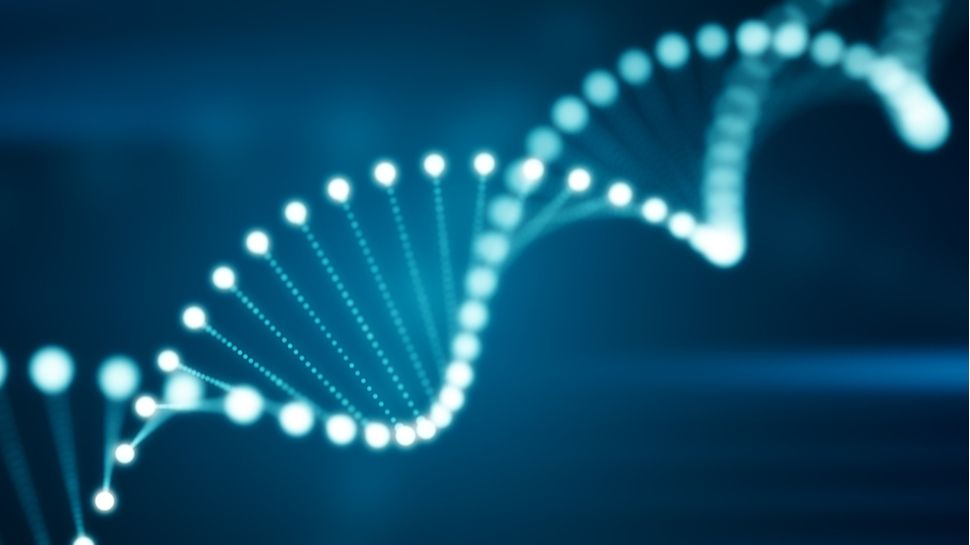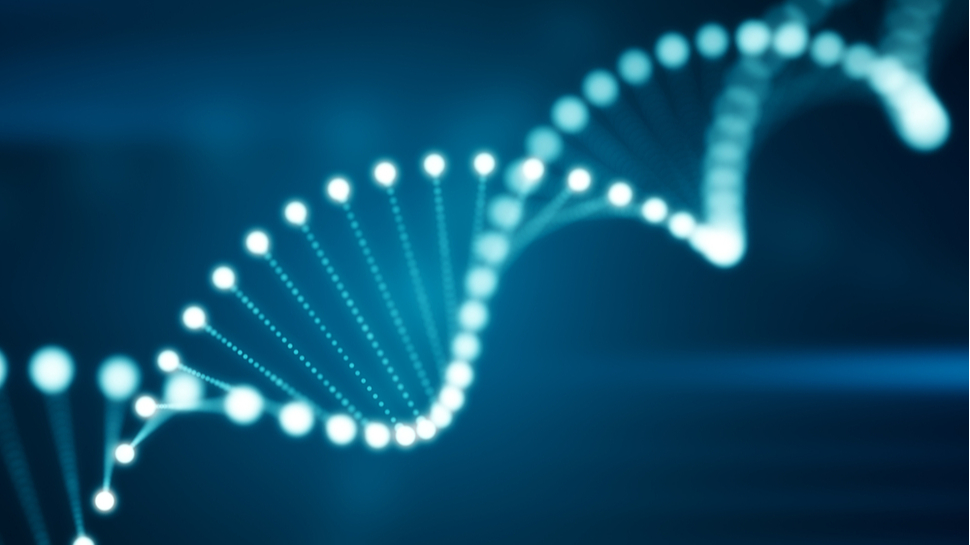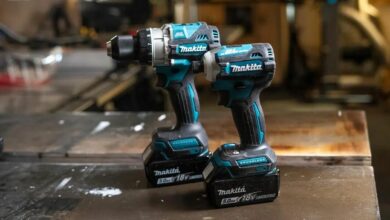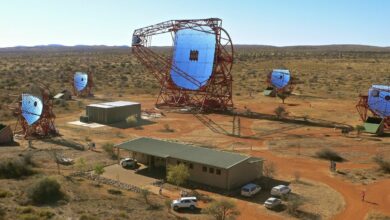1,000 laptops on your little finger — DNA storage and breakthrough computing could one day store petabytes of data, but we’re not there yet


Researchers from North Carolina State University and Johns Hopkins University have developed a DNA-based technology that can store, retrieve, calculate, erase and rewrite data.
With this new development, all these tasks are combined for the first time in a DNA storage system. This system could radically change the way data is stored in the future.
The projectled by Albert Keung, a professor at NC State, represents a leap forward for DNA computing. While DNA has long been seen as a potential solution for long-term data storage, it has not previously been able to perform multiple operations like modern electronic systems. The team’s new system, however, has changed that.
Real-time data manipulation
The breakthrough was made possible by the creation of dendricolloids, a polymer structure that allows DNA to be stored in dense clusters without sacrificing capacity. “You could store the data from a thousand laptops in a DNA structure the size of an eraser,” Keung noted. This storage solution could prove vital as the global demand for data continues to rise, particularly in areas such as AI, cloud computing and large-scale data management.
In addition to storing data, the system allows for real-time data manipulation, including copying, erasing, and rewriting DNA sequences. Kevin Lin, the paper’s lead author, explained, “We can perform many of the same tasks as we can with electronic devices — like erasing and rewriting data on the same surface.”
The system has also demonstrated computational capabilities, solving simple problems such as Sudoku puzzles and chess problems. The research team believes this development could pave the way for molecular computing, where petabytes of data can be stored in very small spaces.
Although the technology is still in its infancy, researchers hope it will lead to practical applications in the future. The study was published in Nature Nanotechnology and supported by the National Science Foundation.




